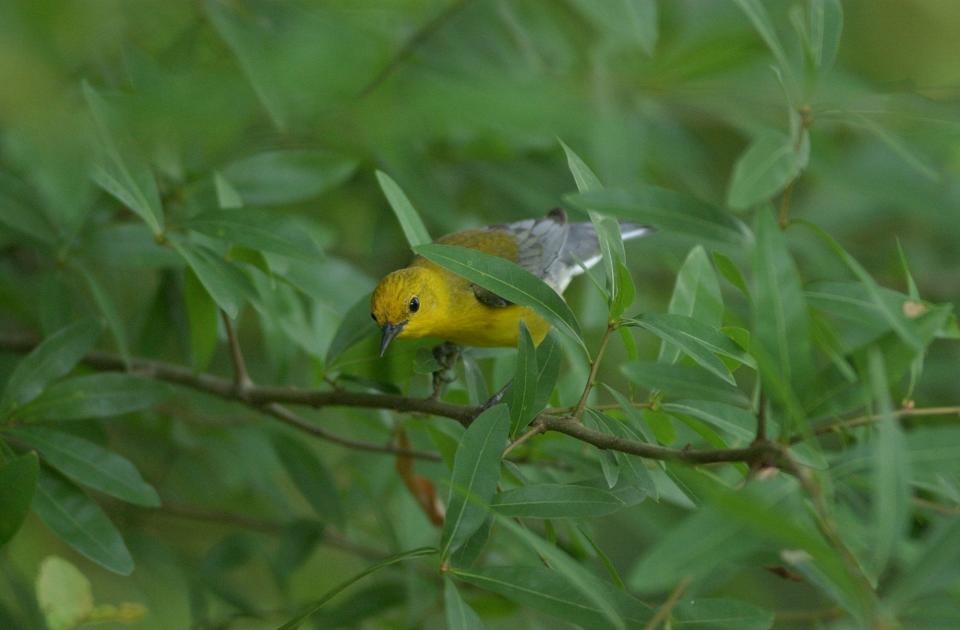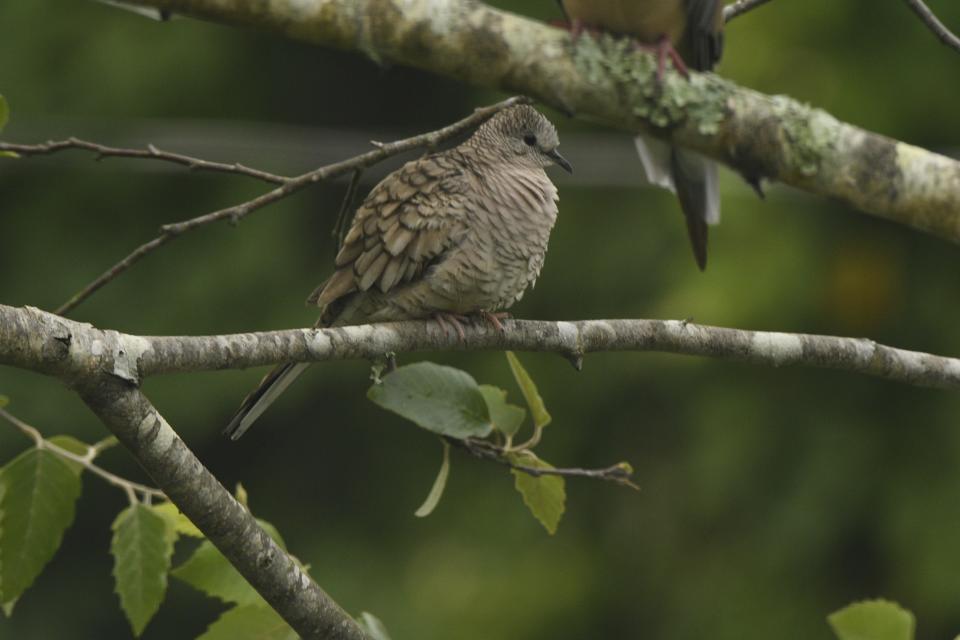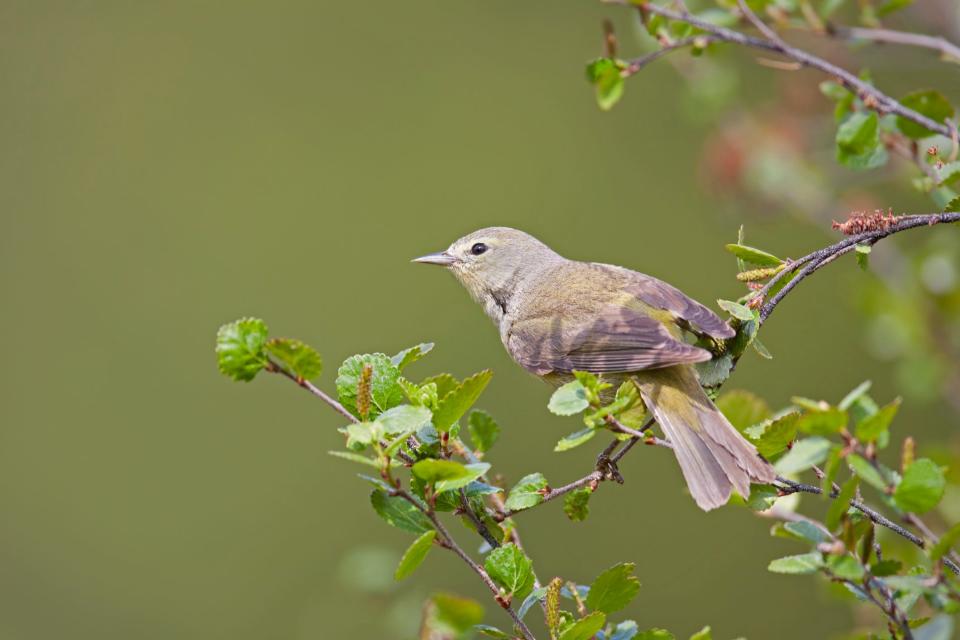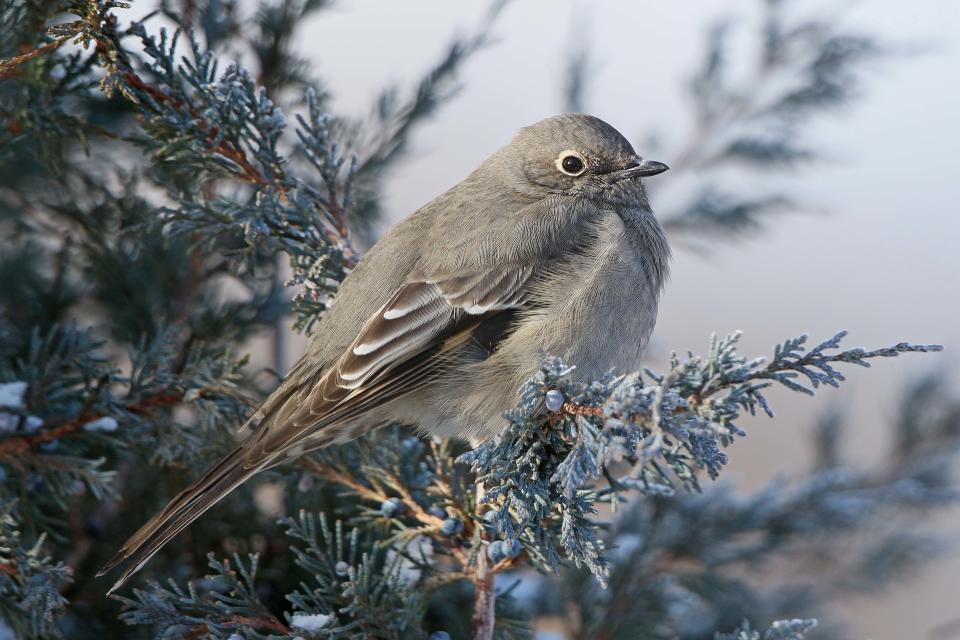Which Florida birds are about to get new names? Group to rename birds named after humans
That Wilson's warbler you might have spotted out your kitchen window? You'll soon have to learn a new name for it.
The American Ornithological Society announced last week that they plan to rename any birds within its jurisdiction that are named after people to remove bird names linked to people with racist and genocidal histories and create a more inclusive environment for people of diverse backgrounds who are interested in bird-watching and ornithology.
While the project was initiated in part "to address past wrongs" over links to historical figures known for their support of slavery or genocide of indigenous peoples, the Society plans to change all bird names that include human names to avoid current and future issues and replace them with more descriptive names that provide clues about how to identify the bird.
Here are some of the birds spotted in Florida that will get new names.
Which common Florida birds will get new names?
Bachman's Sparrow (Peucaea aestivalis): Brownish-gray and rusty sparrows that can be spotted year-round in the grassy pine woodlands in north and central Florida, named for the problematic Rev. John Bachman (see below).
Cooper's Hawk (Accipiter cooperii): Medium-sized hawks common across the United States and much of Central America and southern Canada, named for American naturalist William Cooper.
Forster's Tern (Sterna forsteri): slender, long-tailed, long-winged terns that cruise shallow waters looking for fish across the entire United States and Cuba, and parts of Central America and southern Canada, named for pastor and naturalist Johann Reinhold Forster.
Ross's Goose (Anser rossii): A smaller version of a Snow Goose usually seen in the middle of North America but occasionally in Florida, named for Bernard R. Ross, a Hudson Bay Company clerk and naturalist.
Wilson's Snipe (Gallinago delicata): Yes, snipes exist, no matter what pranksters at camp told you. Plump, long-billed birds common across all of North and Central America and the northern region of South America, Wilson's Snipes are named after the "Father of American Ornithology" Alexander Wilson, as are several other birds on the list including Wilson's Phalarope, Wilson's Plover, and Wilson's Warbler.
Most of the about-to-be-renamed birds regularly spotted in Florida are included for having names honoring humans, but some of them have more specific reasons:
Bachman's Sparrow (Peucaea aestivalis)

The Rev. John Bachman owned enslaved people himself and frequently defended slavery, according to the Bird Names for Birds website.
While Bachman did consider Black people to be fully human, an unusual position for many Southern white people at the time, he was quoted in the New Englander as believing their intellect to be inferior to Caucasians and that they were incapable of self-governance. The recently declared extinct Bachman's Warbler also is named after him.
Inca Dove (Columbina inca)

While it isn't named after a person, the name of the Inca Dove (common to Central America, parts of South America and south-central U.S. but occasionally seen here) is one of several that are problematic because they are derogatory to other races or inappropriate, such as the flesh-footed shearwater and Eskimo curlew.
According to a 2012 proposal to rename the bird, some researchers believe that when French ornithologist Rene Primevere Lesson named the bird he confused Aztecs (who lived in Mexico, where the bird is often found) with Incans (who live in South America, where it is not), which the proposal said "only confirms to Latin Americans how ignorant most Americans are of anything beyond our borders."
MacGillivray's Warbler (Geothlypis tolmiei)

The MacGillivray's Warbler, a shy little yellow and gray bird, has been spotted in Florida but is most often from the central U.S. to the West Coast and in Central America. William MacGillivray was a well-known naturalist, writer and ornithologist who founded the University of Aberdeen Zoology Museum. He also was a strong believer in phrenology, or the study of skull characteristics to determine personality, which was often used to make the proponents' racism sound more scientific, according to the Bird Names for Birds site.
In correspondence, MacGillvray seemed fascinated with the skulls of non-Europeans and once referred to the Irish as "disgustingly filthy and ragged."
Townsend's Solitaire (Myadestes townsendi)

There are two birds named for John Kirk Townsend, a western North American naturalist from the early 1800s: the Townsend's Solitaire and the Townsend's Warbler. Townsend was known for the expedition across the Rocky Mountains he joined, from which he produced collections of many birds and mammals unknown to white scientists.
But, according to Bird Names for Birds, he also desecrated indigenous graves to collect skulls on behalf of a friend, Samuel George Morton, who was attempting to catalog all human races by the shapes of their heads to argue for the natural superiority of white people as part of the new field of phrenology.
This article originally appeared on The Daytona Beach News-Journal: New names for birds: These Florida birds will lose problematic names

